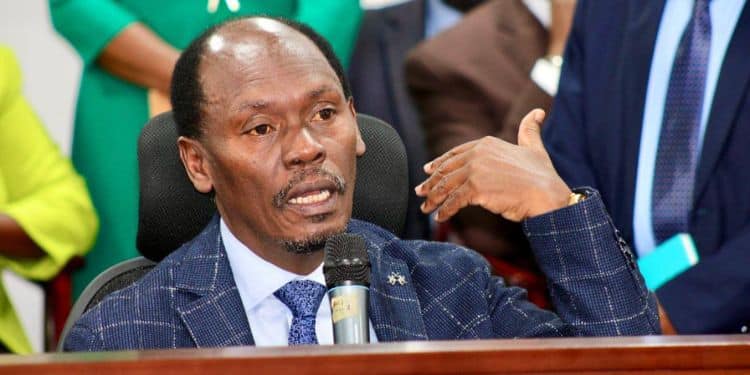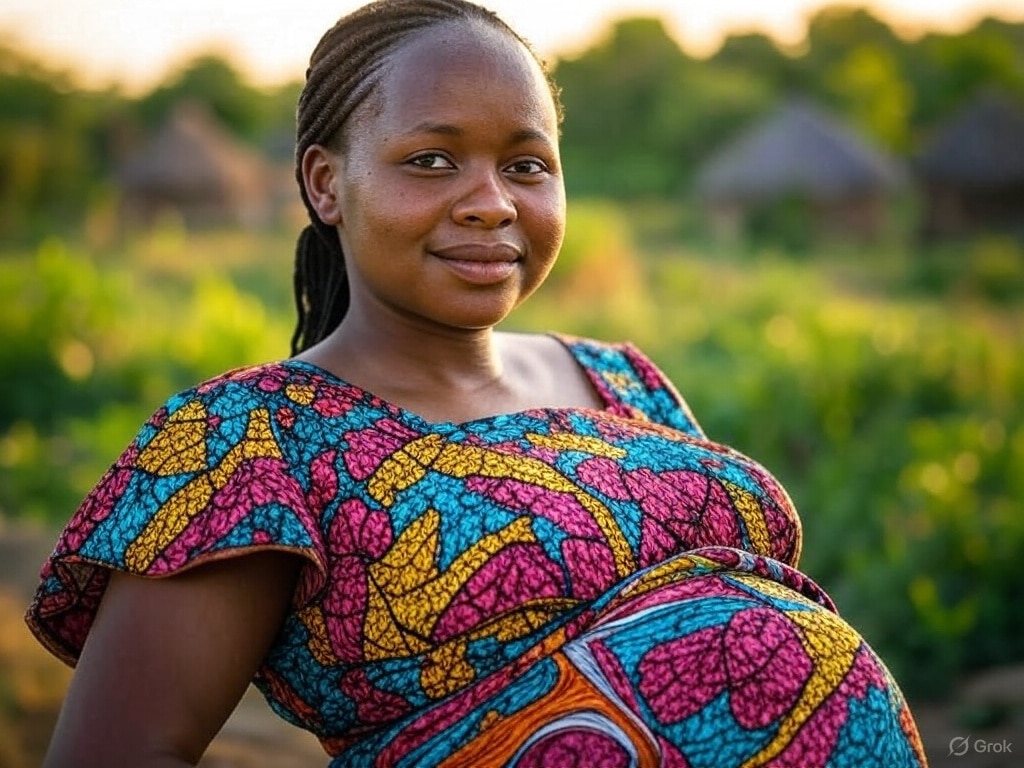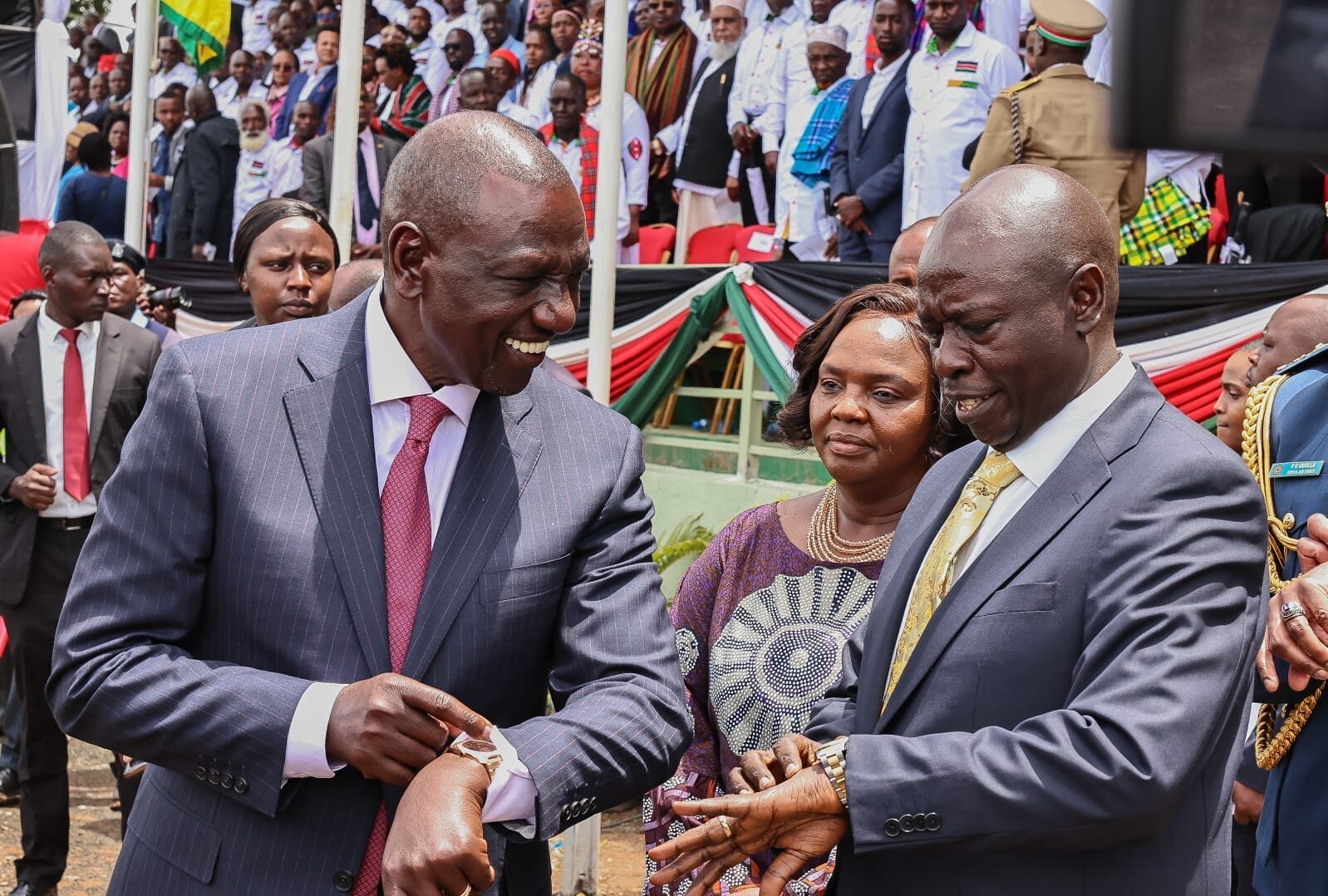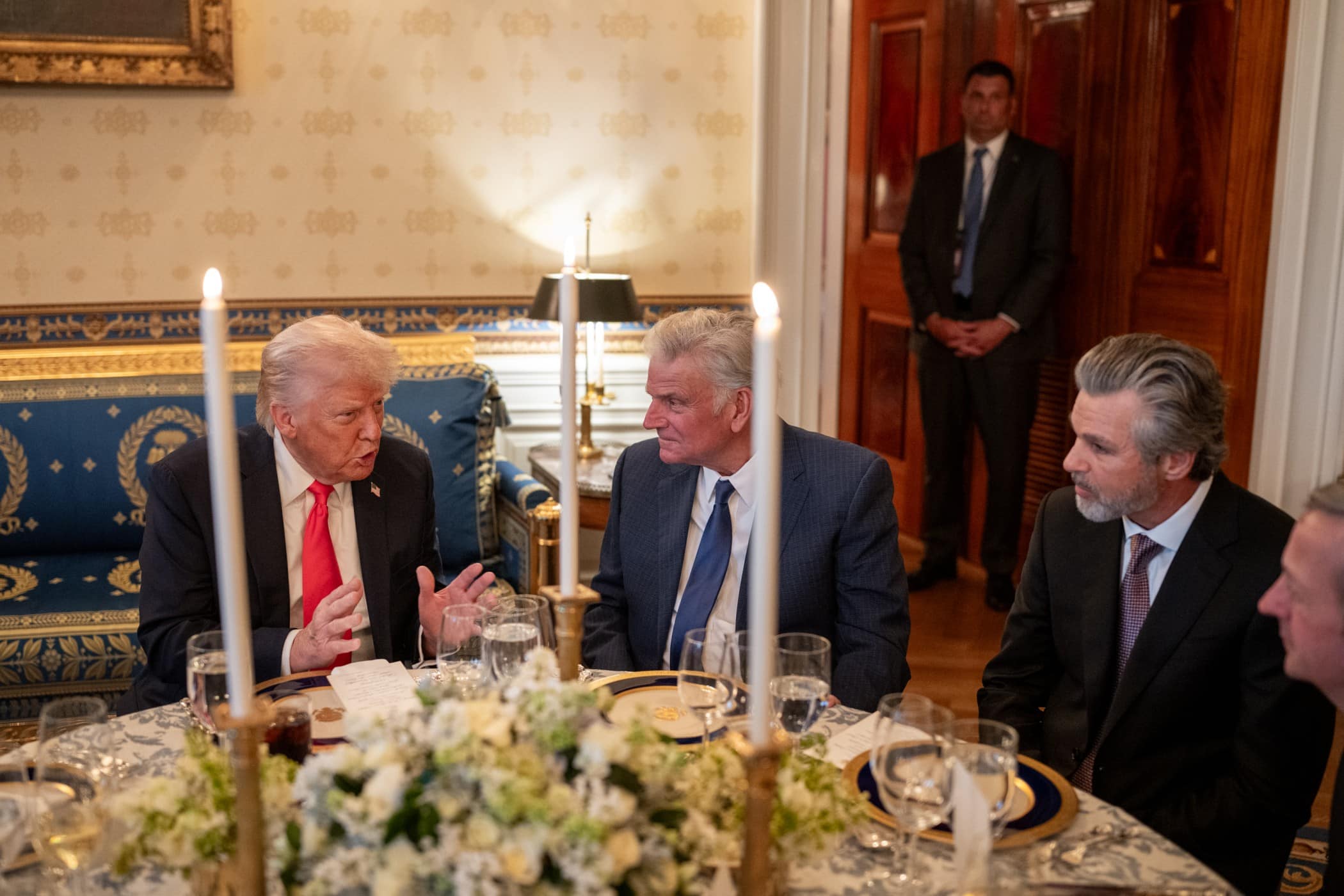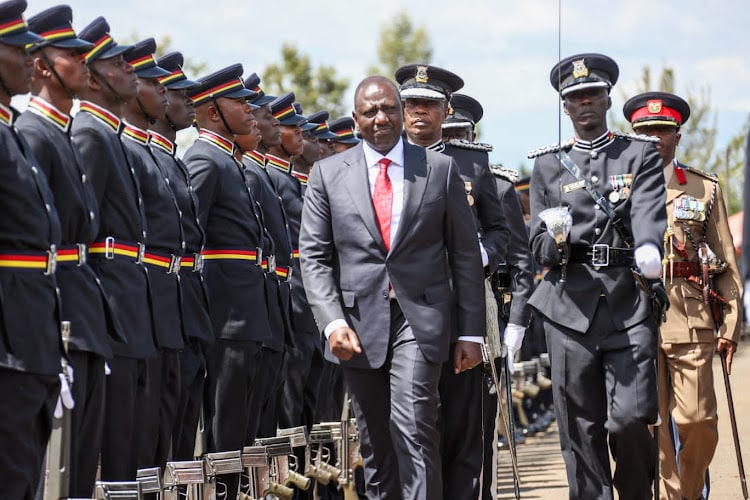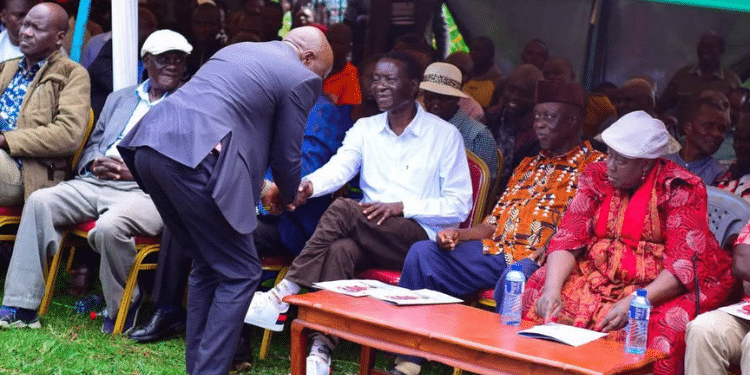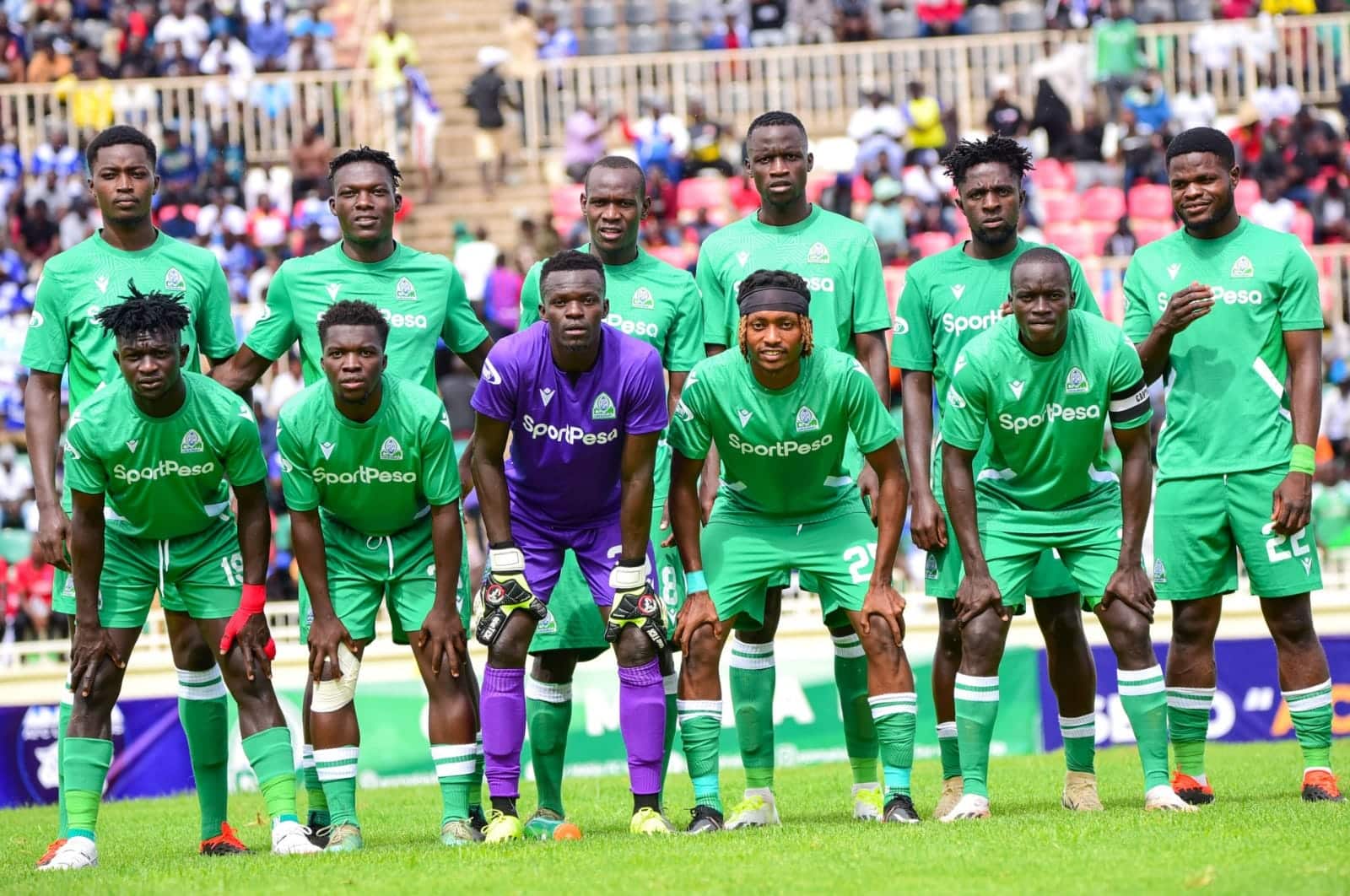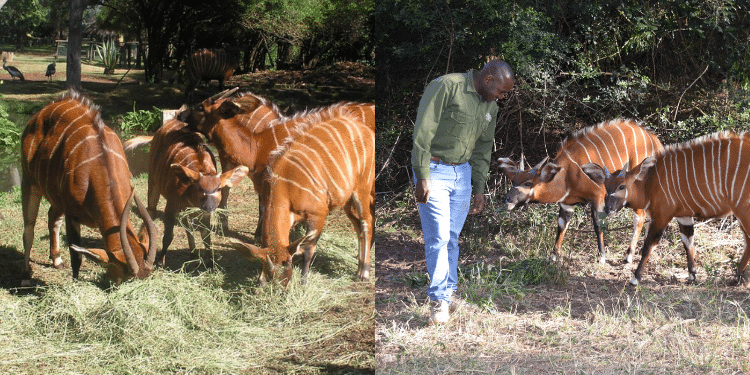Kenya Wildlife Service received 17 mountain bongos, a rare type of antelope from a conversation centre in the United States on Sunday.
A monumental moment in the Kenyan Tourism and hospitality industry. They are third-generation descendants taken from Kenya in the 1960s.
In addition, they are critically endangered, with an estimated 100 individuals across four isolated locations in Kenya.
“A species originally only found in Kenya has suffered untold grief over the decades, a dwindling to alarming proportions,” Tourism Cabinet Secretary Rebecca Miano said,
Kenya Imports Mountain Bongos
Mountain Bongos are critically endangered animals from the Rare Species Conversation Foundation in Florida.
According to Kenya Wildlife Service (KWS), the number of the species has reduced from 500 in the 1970s and currently less than 100 remain in the wild in Kenya.
The declining number is due to habitat loss, poaching, illegal activities, disease and small fragmented populations.
Kenya has highland areas a fit habitat for the species. They can be found in the montane forests of the Kenyan highlands, including the Aberdare and Mount Kenya.
The animals are in different wildlife sanctuaries in Meru County near Mount Kenya, where are nurtured gradually by KWS.
However, this is not the first time Kenya has received mountain bongos, in 2004 the country received 18 mountain bongos.
Unique Characteristics
There are currently two subspecies that include the mountain or eastern bongo and the lowland or western bongo.
They are distinguishable by their vibrant reddish-brown coat featuring thin white vertical stripes.
This distinct feature helps them to stay camouflaged within the forest by breaking up their body shape.
The Mountain Bongos antelope is the largest, heaviest, and most colourful African forest antelope.
They weigh 225 kilograms to 410 kilograms in size with 1.2 meters at the shoulder approximately (50 inches).
Both males and females have spiralled lyre-shaped horns. Additionally, they have large ears that sharpen hearing.
However, they lack no special secretion glands and rely less on scent to find one another than similar antelopes do.
Also Read: Sylvie Chantecaille, CEO of CCF Which Donated Assets to KWS
Are they Eaten?
The animal is a source of food for humans in some areas thus contributing to the decrease in the African bongo population.
Lowland bongos are still subject to hunting by humans despite it being a taboo.
Additionally, the predators are mostly Humans, Hyenas, Lions, and leopards.
Also Read: Tsavo: KWS Issued with Demands Over Alleged Secret Mining
Life Span
They have a life span of 20 years in the wild.
What it Means to Adopt the Species
KWS offers an opportunity for any individual to gift themselves the species.
However, your annual adoption fee goes directly to the species and conservation of that habitat.
Your donation will provide supplementary nutrition and veterinary care.
Follow our WhatsApp Channel and join our WhatsApp Group for real-time news updates













